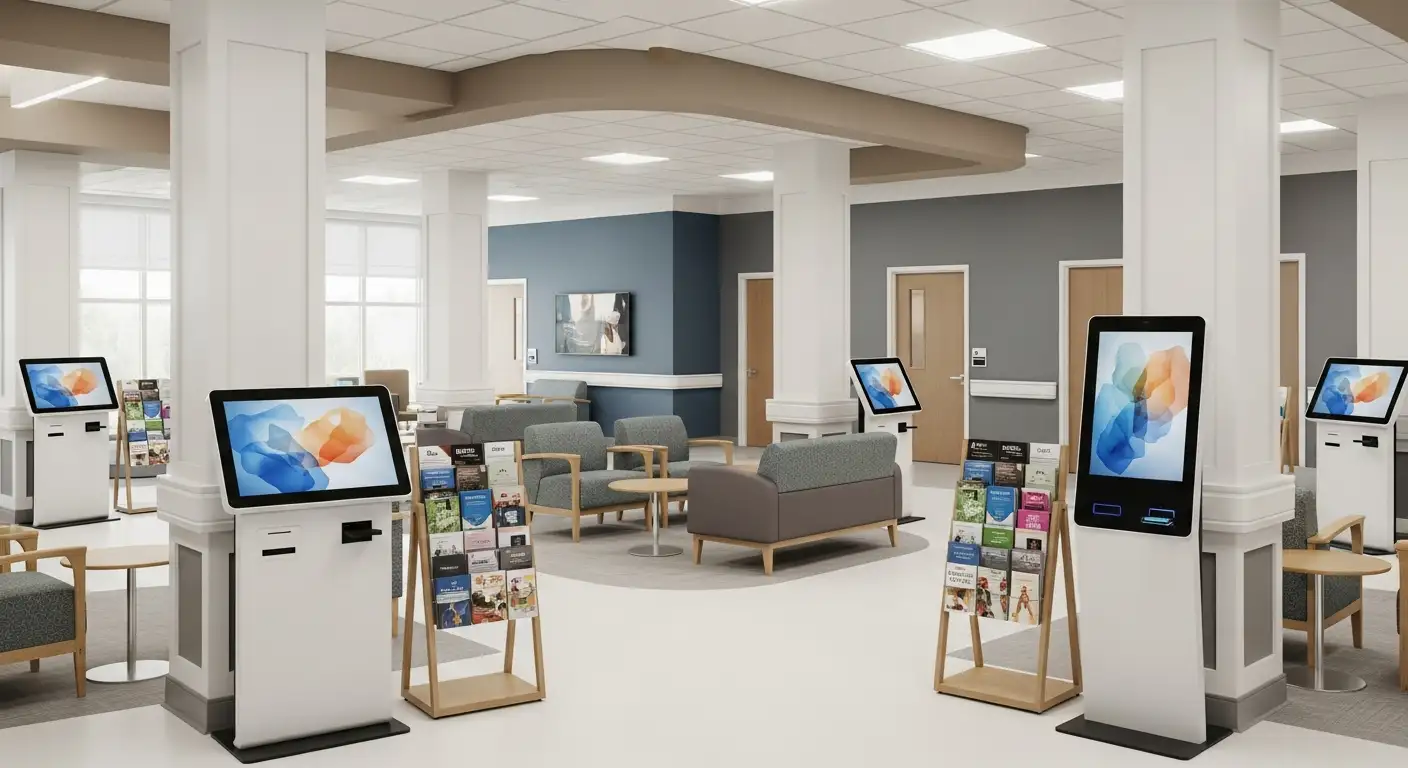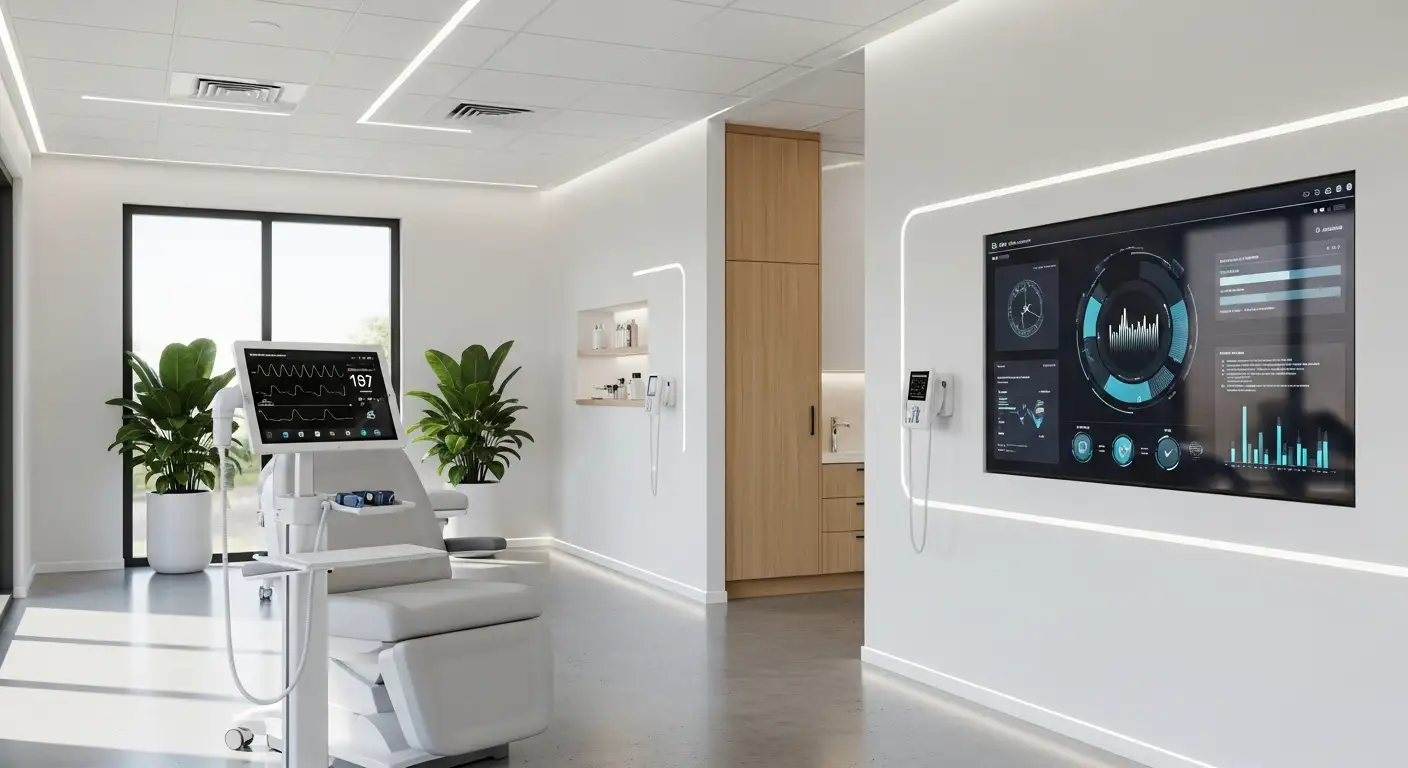Why Preventive Care Reduces Hospital Visits

Understanding the Impact of Preventive Care on Hospital Utilization
Preventive care plays a crucial role in reducing hospital visits and easing the burden on healthcare systems. By focusing on early detection, disease prevention, and health maintenance, preventive measures enable healthier populations, improved outcomes, and significant cost savings. This article explores how proactive healthcare strategies, personalized programs, and policy support contribute to decreasing hospital admissions and enhancing overall health.
The Benefits of Preventive Strategies in Hospital Reduction

What are the benefits of preventive health strategies in decreasing hospitalizations?
Preventive health strategies play a crucial role in reducing the number of hospital stays by focusing on early detection and effective management of health conditions. Regular screenings and immunizations allow healthcare providers to identify potential issues before they escalate into severe health problems requiring hospitalization. For example, vaccines such as the flu shot or pneumococcal vaccine significantly reduce infections that could lead to hospital admissions.
Personalized care programs, like those offered by MDVIP, foster closer patient-physician relationships. These longer, more tailored wellness visits enhance trust and communication, encouraging patients to follow health advice and adhere to treatment plans. This proactive engagement results in fewer emergency visits and hospital readmissions.
Preventing the development or worsening of chronic diseases such as diabetes, heart disease, and cancers is a primary focus of preventive strategies. Early intervention often involves lifestyle counseling, routine blood tests, and ongoing monitoring, which can curb disease progression and decrease the need for hospital treatments.
Additionally, removing barriers like high costs and lack of awareness encourages more people to utilize preventive services. When services like screenings and immunizations are accessible and affordable, more individuals participate, further decreasing hospitalizations. Policies that eliminate out-of-pocket expenses and community education programs are effective in promoting these preventive behaviors.
In summary, preventive measures contribute not only to improved health outcomes and longer life expectancy but also significantly lessen the demand for hospital-based care. This dual benefit of enhancing individual well-being and lowering healthcare costs makes preventive strategies an essential component of a sustainable healthcare system.
More Information
For further insights, research shows that comprehensive preventive approaches can lead to hospital reduction, emphasizing the importance of early intervention, patient engagement, and barrier removal. Search terms like "preventive health strategies hospital reduction" can provide extensive resources on this topic.
How Preventive Care Lowers Healthcare Costs and Resources Strain
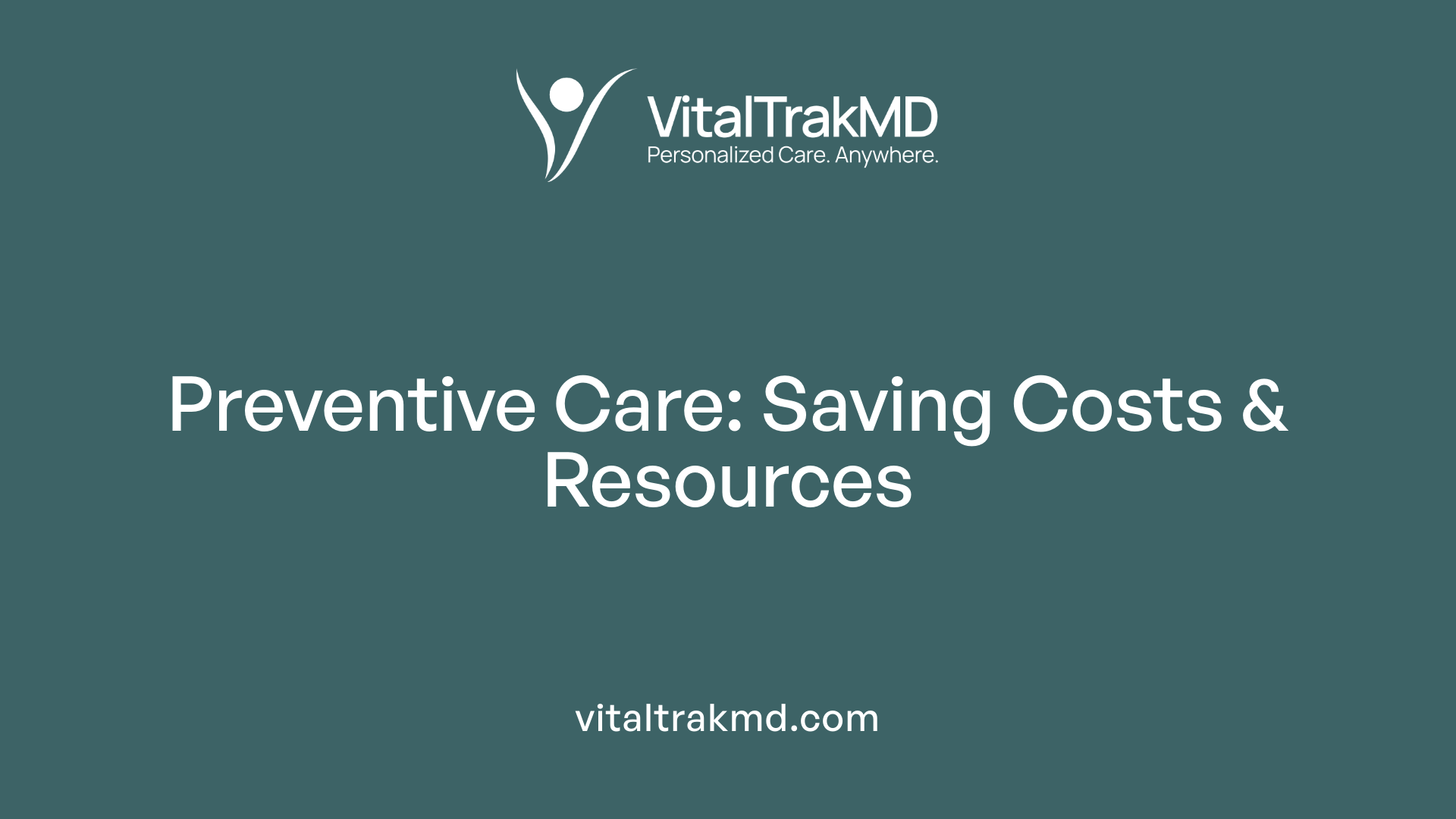 Preventive care has the potential to be cost-neutral or even cost-saving, particularly through activities such as vaccinations and health screenings. For example, immunizations like the flu shot have historically prevented hundreds of thousands of hospital visits annually, saving millions in healthcare costs. Evidence indicates that when individuals engage regularly in preventive services, their need for more expensive treatments diminishes, leading to decreased hospital admissions and emergency room visits.
Preventive care has the potential to be cost-neutral or even cost-saving, particularly through activities such as vaccinations and health screenings. For example, immunizations like the flu shot have historically prevented hundreds of thousands of hospital visits annually, saving millions in healthcare costs. Evidence indicates that when individuals engage regularly in preventive services, their need for more expensive treatments diminishes, leading to decreased hospital admissions and emergency room visits.
Long-term savings are especially notable in personalized preventive programs. The MDVIP model, which emphasizes annual health screenings, diagnostics, and continuous physician availability, has demonstrated significant reductions in hospital utilization over a span of three years. Participants in such programs not only experience fewer hospital discharges—reductions of up to 79%—but also achieve financial benefits, often exceeding their membership fees within this period.
A major role of early and secondary prevention is managing chronic diseases effectively. By detecting conditions like high blood pressure, diabetes, or early-stage cancers early on, these strategies prevent disease progression, reduce the need for hospital-based interventions, and improve patient outcomes. Tertiary prevention, involving comprehensive disease management and coordination, further alleviates the burden on healthcare resources by reducing avoidable readmissions.
The cumulative effect of increased preventive care utilization is resource optimization across health systems. When more individuals participate in recommended screenings and vaccinations, overall demand for acute care decreases. This shift not only contributes to a healthier population but also enables healthcare providers and systems to allocate resources more efficiently, addressing other critical needs.
In summary, preventive care is integral to controlling healthcare costs and resource strain. Its emphasis on early detection, chronic disease management, and effective vaccination programs results in healthier populations, less unnecessary utilization, and long-term financial savings for both individuals and health systems, exemplifying a transformative approach from reactive treatment to proactive health management.
Early Detection and Its Role in Avoiding Hospitalization
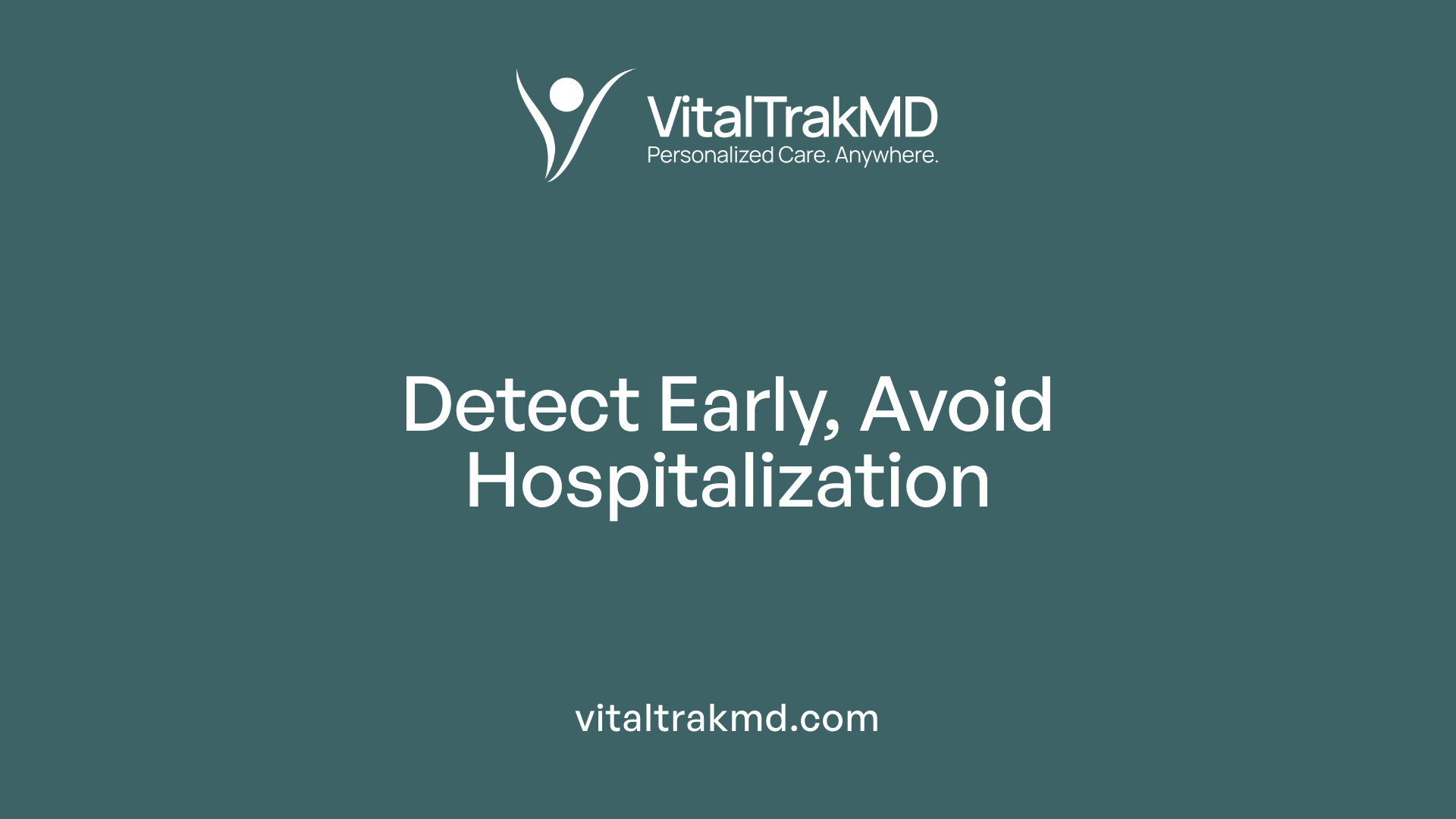
Why does preventive care often lead to fewer hospital admissions?
Preventive care plays a crucial role in reducing hospital admissions by emphasizing early detection and management of health issues before they escalate into severe conditions. Activities like regular screenings, vaccinations, and lifestyle counseling help identify silent or early-stage diseases such as high blood pressure, diabetes, or certain cancers.
When health problems are caught early, treatments are generally more effective and less invasive, decreasing the likelihood of complications that require hospitalization. For example, early management of hypertension can prevent strokes, and catching cancer at an initial stage improves treatment success rates.
Moreover, effective preventive care involves continuous monitoring, medication reconciliation, and proactive follow-up, which ensure patients adhere to treatment plans and prevent disease progression. Programs utilizing evidence-based methods, like the MDVIP personalized health approach, have shown remarkable reductions in hospital use, readmissions, and emergency visits.
Addressing broader social determinants of health—such as access to care, education, and support systems—further enhances adherence and health outcomes. By tackling these factors and promoting population health management, healthcare systems can reduce preventable hospitalizations, ease the burden on hospitals, and promote sustainable health for individuals.
The Impact of Early and Routine Health Maintenance
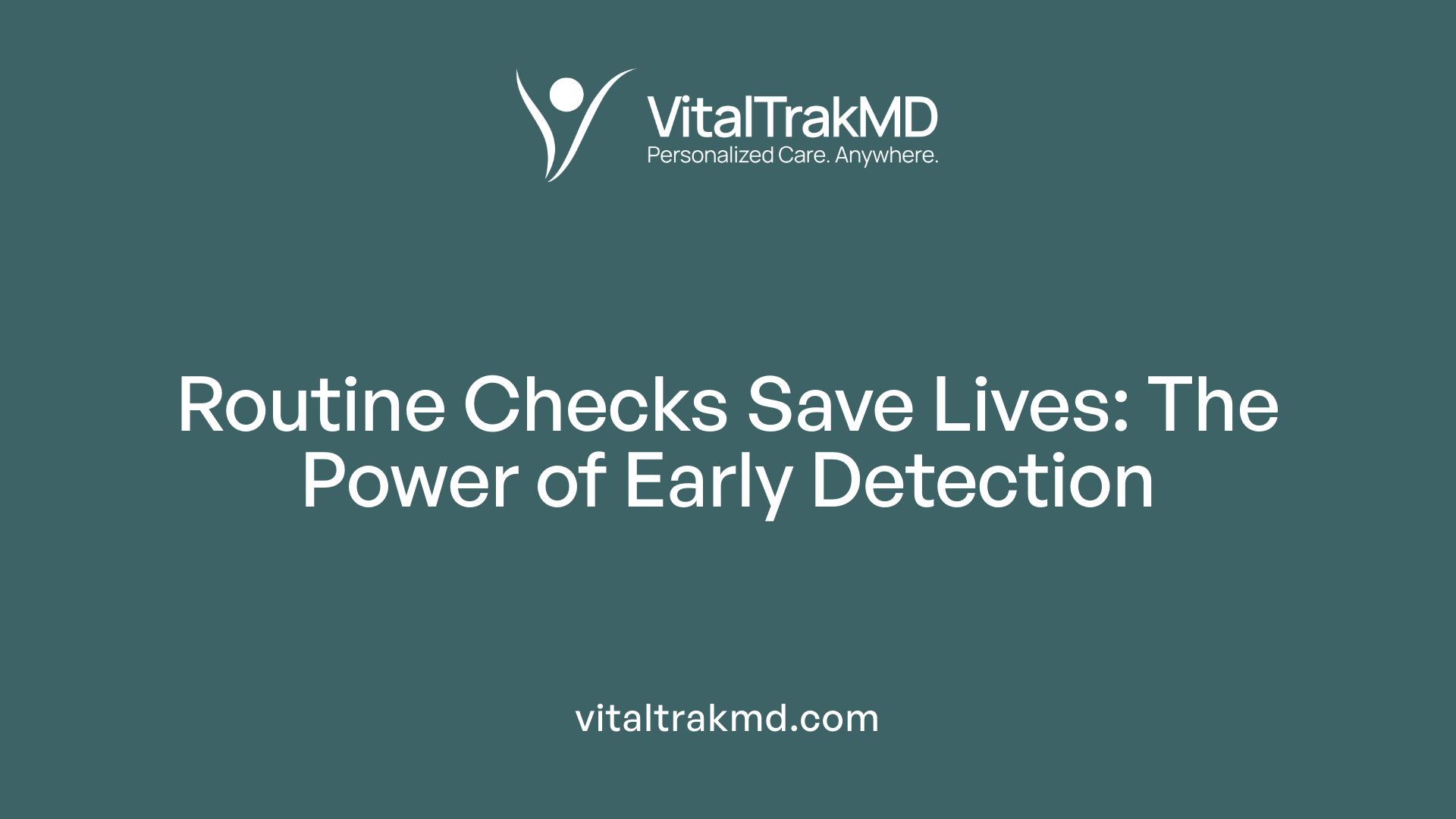
What role does early detection and health maintenance play in avoiding hospitalization?
Early detection and ongoing health management are vital in reducing hospital admissions by catching health issues before they become severe. Regular screenings, such as mammograms for breast cancer, colonoscopies for colorectal cancer, and blood pressure and cholesterol checks, help identify problems early when they are more treatable.
Advancements in health monitoring technologies—like wearable devices, telemedicine, and electronic health records—make it easier to keep track of health statuses and intervene promptly. These tools support personalized care plans that address individual risk factors and health behaviors.
Proactive health management enhances treatment success and survival rates, especially for diseases detected at an early stage. It also helps control chronic conditions such as diabetes, hypertension, and heart disease, reducing the likelihood of emergency crises.
Community engagement and improved screening programs are essential to increase access and participation. When patients and providers prioritize early detection, they can implement lifestyle changes, medication adjustments, or further diagnostics to prevent disease progression.
Overall, maintaining a routine focus on health not only improves individual well-being but also alleviates the strain on hospitals and healthcare resources. By reducing preventable hospital stays, early health maintenance plays a critical role in creating a more efficient, effective healthcare system.
Proactive Healthcare Strategies for Healthier Lifestyles
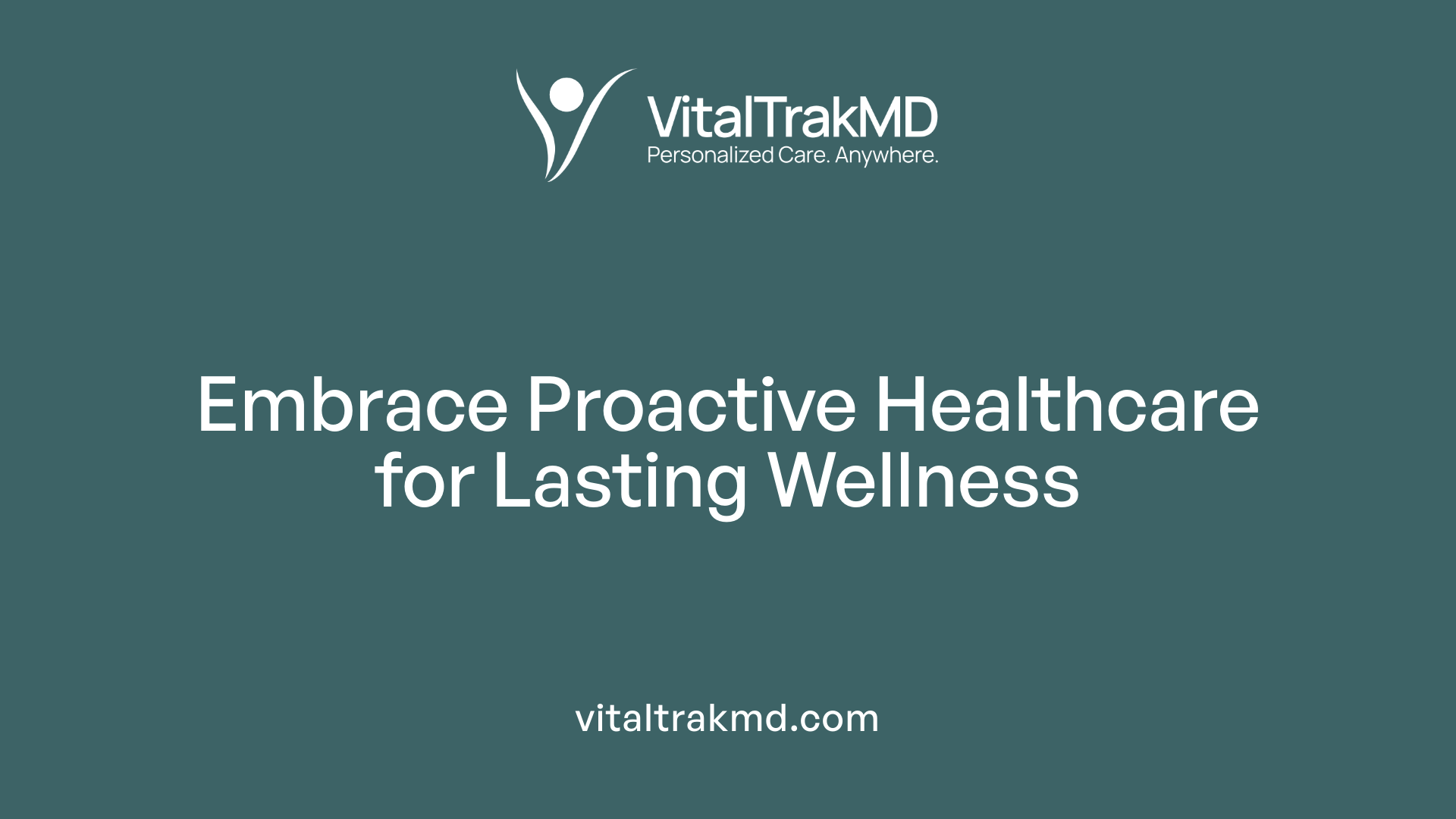
How does proactive healthcare promote healthier lifestyles and prevent serious health issues?
Proactive healthcare fosters healthier lifestyles and helps prevent serious illnesses by focusing on prevention and early intervention. It emphasizes continuous health monitoring, personalized communication, and regular assessments to identify risks before they become critical.
This approach encourages patients to adopt behaviors such as engaging in regular physical activity, maintaining balanced diets, managing stress, and avoiding harmful habits like smoking or excessive alcohol use. These lifestyle changes are reinforced through ongoing coaching and tailored health advice.
Advancements in molecular biology and informatics play a vital role in targeted interventions. By analyzing genetic information and health data, healthcare providers can identify individuals at higher risk for specific diseases, enabling personalized prevention plans that address unique biological factors.
Additionally, integrating public health principles into primary care—such as immunizations, routine screenings, and health education—broadens the reach of prevention efforts. These measures help reduce the incidence of disease at the population level.
Implementing proactive healthcare has shown to cut healthcare costs significantly by decreasing emergency visits and hospitalizations associated with advanced diseases. Patients experience higher satisfaction and better overall health outcomes, as the focus shifts from treating illness to maintaining wellness.
In essence, this approach not only reduces individual health risks but also alleviates strain on healthcare systems, paving the way for longer, healthier lives.
Barriers to Preventive Care and How to Overcome Them
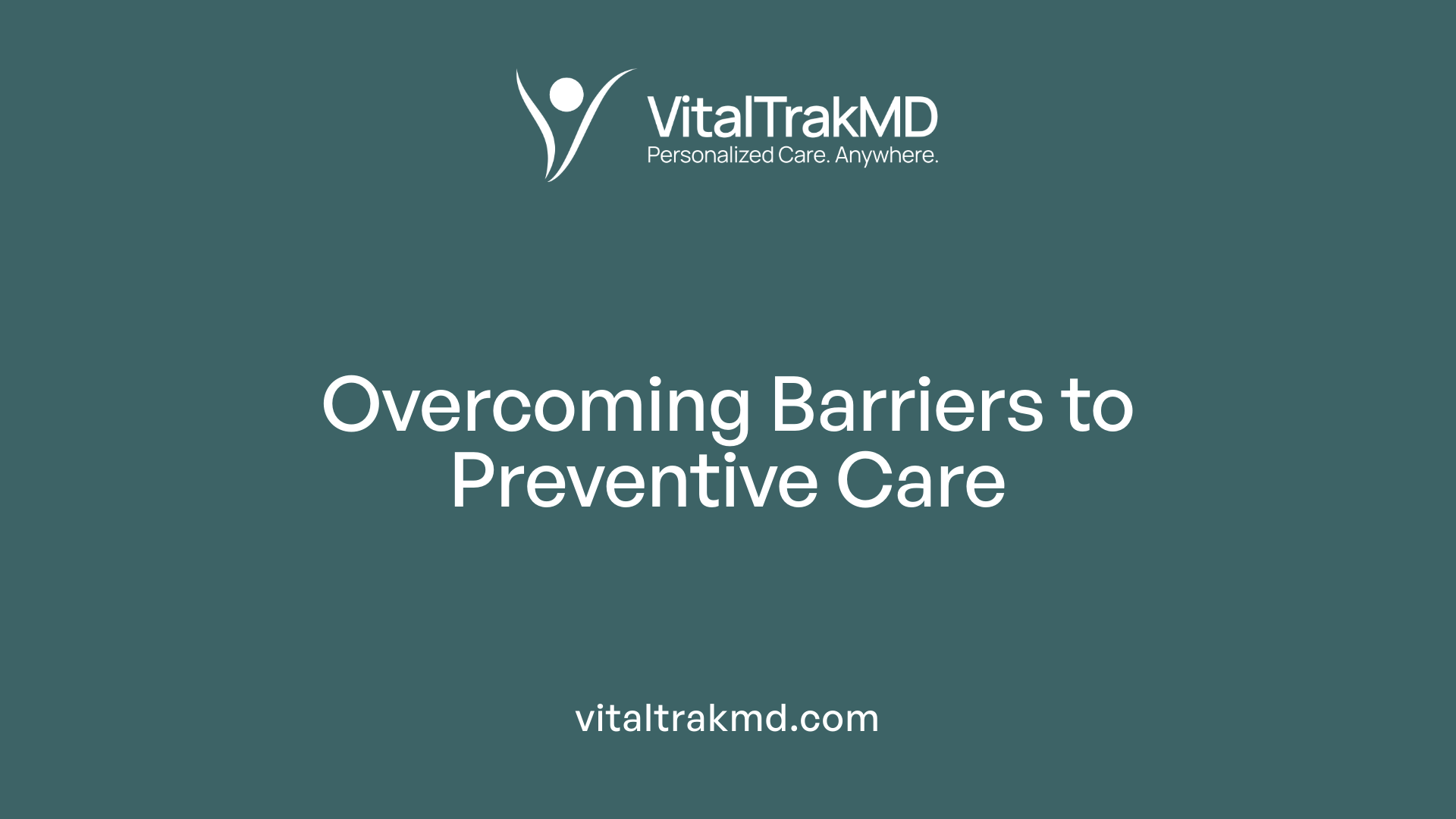
What are common barriers to implementing preventive health care?
Preventive health care faces several obstacles that hinder its optimal utilization. One major challenge is financial barriers. Despite protections like the Affordable Care Act that mandate coverage of many preventive services at no cost, some individuals still face out-of-pocket expenses, especially if they are uninsured or underinsured. These costs can discourage people from seeking routine checkups, screenings, or immunizations.
Access issues pose another significant hurdle. Living in underserved areas where healthcare facilities are sparse—often called healthcare deserts—limits physical access. Transportation difficulties, particularly for the elderly, disabled, or those without reliable transit, also reduce the likelihood of attending preventive appointments. Additionally, long wait times for appointments or referrals can delay or deter individuals from receiving timely care.
Lack of awareness and health literacy is another critical obstacle. Many people, especially in minority or low-income communities, are unaware of the importance of preventive services or the specific screenings and immunizations recommended for their age and health status. This gap in knowledge leads to lower participation in recommended health measures, increasing the risk of undetected diseases.
Systemic barriers within healthcare systems also affect preventive care delivery. Provider shortages, especially of primary care physicians, limit appointment availability. Organizational issues, such as inadequate patient tracking or follow-up systems, hinder ongoing prevention efforts. Furthermore, stigma associated with screenings for mental health or cognitive issues can prevent vulnerable populations from seeking necessary services.
To address these barriers, comprehensive approaches are necessary. Policy reforms should aim to eliminate financial barriers and extend coverage. Expanding telehealth services can improve access for those in remote areas. Community outreach and education campaigns can increase awareness and promote health literacy. Lastly, healthcare systems must invest in workforce development and adopt innovative care models—like patient navigators and integrated care teams—to deliver equitable and effective preventive services.
By tackling these challenges, we can enhance the reach and impact of preventive health care, ultimately reducing the incidence and severity of chronic conditions, lowering hospital visits, and improving population health.
In Summary: The Value of Preventive Healthcare
Preventive care is a cornerstone of modern healthcare, effectively reducing the need for hospital visits by enabling early intervention, promoting healthier lifestyles, and optimizing resource utilization. Overcoming barriers to access, leveraging technology, and enhancing patient-provider relationships are vital in maximizing the benefits of prevention. As healthcare continues to evolve, a proactive focus on health maintenance not only improves individual well-being but also creates a sustainable, cost-effective healthcare system that can better serve populations now and in the future.
References
- The Impact of Personalized Preventive Care on Health Care Quality ...
- Why Preventive Care Is Important - Creyos
- Preventive Care - Healthy People 2030 | odphp.health.gov
- Missed Prevention Opportunities - The Healthcare Imperative - NCBI
- Preventive Care: The Heartbeat of Value-Based Healthcare
- Preventive Health Measures: The Key to Reducing Healthcare Costs
- Why Preventive Care Saves Money and Health in the Long Run
- Health Care Industry Insights: Why the Use of Preventive Services Is ...
Recent articles
Want to Feel Better and Live Healthier?
Join hundreds of patients taking control of their health with personalized care that fits their life – not the other way around.
Rated 4.8/5 by 32+ customers



